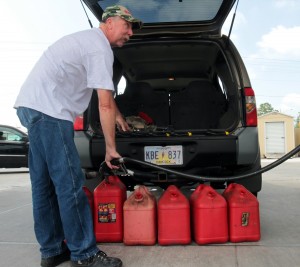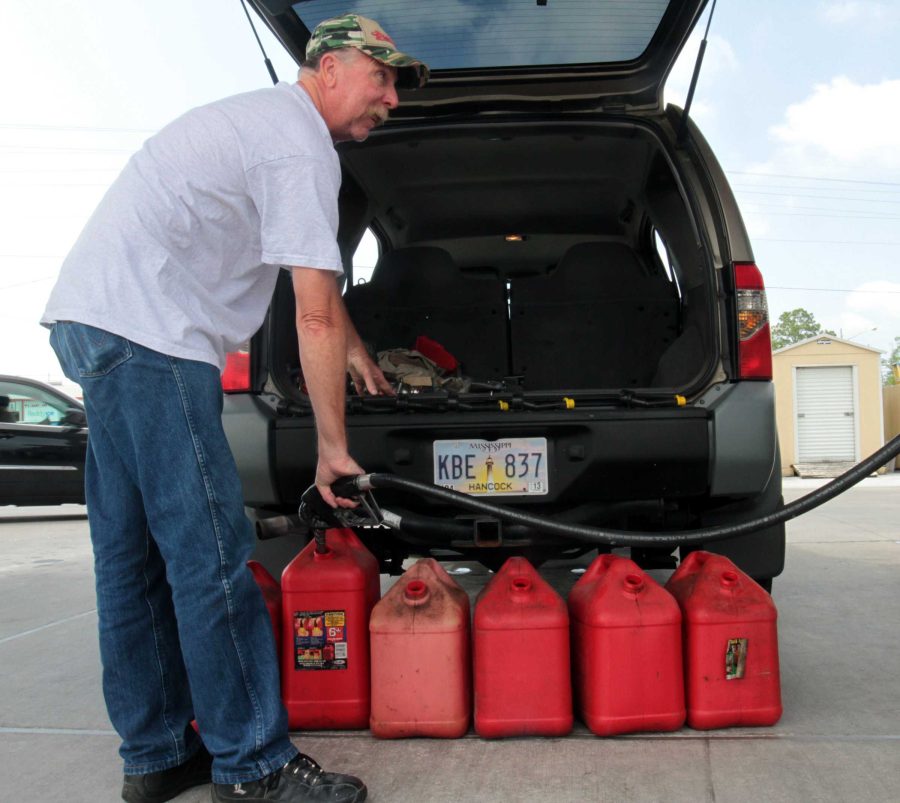People today still tend to believe that “going green” is little more than a fad-one that is backed mainly by hyped college students and hippies. Rather than pushing past the norm of pollutant-producing products, the majority continues to stay enveloped in their safe cocoon of complacency.

I am not here to tell you to give up your gas-guzzling monster of a vehicle, or switch all your mercury-filled light bulbs with eco-friendly bulbs, or even go outside once and awhile and plant a tree while you’re at it. I am here to tell you about the different types of energy that could possibly be at your disposal. Energy that could help you save both time and money.
I’ll let you do the math on your own.
The first renewable resource I will discuss is solar power. Using solar panels to soak of the sun’s rays (or radiation), electrons are pulled into the panel’s silicon photovoltaic cells. The movement and displacement of the electrons produces electricity. Most electricity is created at power plants where coal and other minerals are used. Of course this also creates a large quantity of electrical power, but it also produces a massive amount of air pollution. Granted, not every place in the world is able to make solar panels and get very good results from it, such as any place with low amounts of sunlight. However, solar panels can be linked to practically anywhere in the world.
The next source of energy is wind power. Wind turbines convert kinetic energy (the motion of the blades spinning) into mechanical energy. This mechanical energy is then fed into a generator, changing the energy a second time into electricity. The newly made electricity is then placed on the grid, allowing it to be used anywhere. Luckily for us, wind is available pretty much everywhere. All that is needed to gather the energy are the wind turbines. In the United States, officials as well as salesmen offer farmers lump sums of money to place wind farms on their land.
The last renewable resource I will cover is hydropower, which is also one of the most abundant sources of energy today. Using a flowing source of water, mechanical energy is created when said flowing water is forced through a pipe called a penstock. When the water goes through the penstock, it turns a generator, creating electricity. Hydropower can also use wave and tidal energy.



